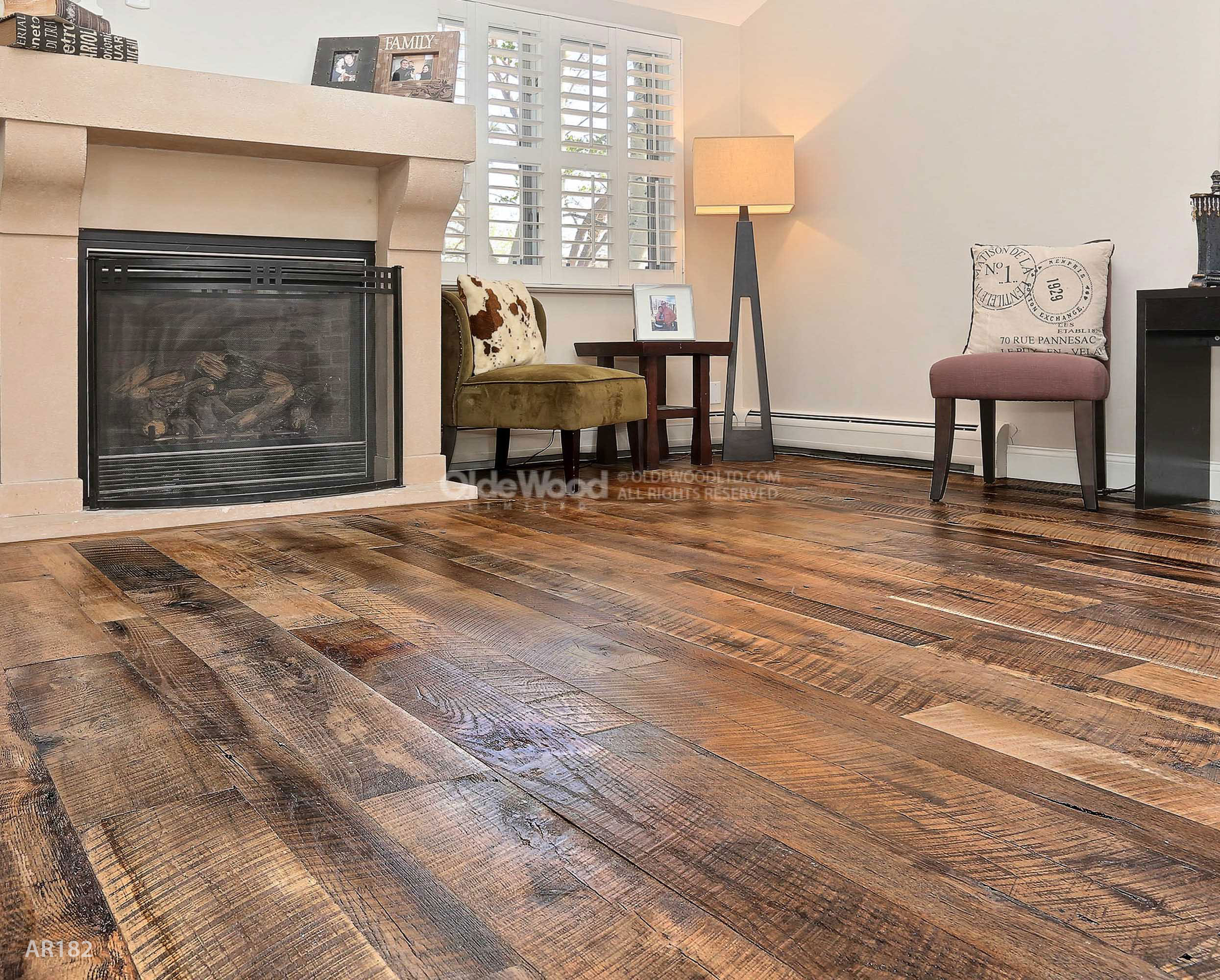Picture this: You’re gazing at your beautiful hardwood floors, gleaming with warm, rich tones. They’re the heart of your home, adding character and charm to every room. But over time, they’ve begun to show their age – a few scuffs here, a dullness there. You see a bottle of Old English furniture polish on the shelf and think, “Maybe this will bring back their shine!” But is it the right solution for your cherished hardwood floors?

Image: www.oldwoodnewuse.com
Old English is a name that conjures up images of classic elegance and tradition. It’s synonymous with furniture care, promising to revive and protect your wood surfaces. But hardwood floors are quite different from furniture. They face a different set of wear and tear, and they have a specific type of finish that needs special attention. So, can you use Old English on your hardwood floors, and will it actually give you the results you’re hoping for? Let’s delve into the world of hardwood floor care and find out!
What Is Old English and How Does It Work?
Old English is a well-known and well-respected brand of furniture polish, known for its ability to clean, shine, and protect wood surfaces. Its primary ingredients are typically a blend of mineral oils, waxes, and cleaning agents.
The oil component helps to penetrate the wood, cleaning and conditioning it. The wax forms a protective barrier over the surface, creating a glossy sheen and preventing water damage.
The Difference Between Furniture and Hardwood Floors: A Closer Look
While both furniture and hardwood floors are made of wood, they’re treated and finished differently. Furniture is often covered with a lacquer or varnish for protection, while hardwood floors can be finished with a variety of options, including:
- Polyurethane: A durable and popular choice for its water resistance and scratch protection.
- Oil-based finishes: Offer a rich, warm look but require more maintenance.
- Water-based finishes: A more eco-friendly option that dries quickly and produces less odor.
These differences in finish are crucial when considering the best cleaning and maintenance products for your floors.
Why Old English Could Not Be the Best Choice
While Old English may work wonders on furniture, it’s not the optimal solution for your hardwood floors. Here’s why:
- Build-up and Dulling: Old English, with its wax content, can leave a build-up on your floors over time. This build-up can actually dull the finish and make the floor look hazy rather than shiny.
- Slippery Surfaces: The wax in Old English can make your floors slippery, increasing the risk of accidents, especially for children and pets.
- Not All Floor Finishes Are Created Equal: Old English may not be compatible with all floor finishes. It could react poorly with polyurethane, oil-based finishes, or even water-based finishes, potentially damaging the floor’s finish.

Image: phenergandm.com
A Safer Alternative: Hardwood Floor Cleaners
Instead of reaching for Old English, opt for cleaners specifically designed for hardwood floors. These formulas are carefully crafted to be compatible with various finishes, offering a safe and effective way to maintain your floors.
When choosing a cleaner, look for these key features:
- pH neutral: This ensures that the cleaner won’t damage or interfere with your floor’s finish.
- Non-toxic and biodegradable: Choose environmentally friendly options for a safer home and planet.
- Water-based: These cleaners are generally gentler on wood and leave no residue.
- Specific to your finish type: If you know the type of finish on your floors (polyurethane, oil-based, or water-based), choose a cleaner designed for that specific finish.
Caring for Your Hardwood Floors: A Step-by-Step Guide
Once you’ve chosen the right cleaner, consider these steps for maintaining your hardwood floors:
- Regular Sweeping or Vacuuming: Remove dust and debris from your floors daily to prevent scratches and build-up.
- Spot Cleaning: Address spills and stains promptly with a damp cloth and a neutral cleaner.
- Deep Cleaning: Once a month or as needed, use your chosen hardwood floor cleaner to thoroughly cleanse your floors.
Can I Use Old English On My Hardwood Floors
https://youtube.com/watch?v=-h2qSgWgp1A
The Bottom Line: A Clean and Well-Cared-For Floor is a Happy Floor
When it comes to your precious hardwood floors, knowledge is power. Instead of using products meant for furniture, opt for specialized hardwood floor cleaners to maintain their beauty and protect their finish. Remember, it’s all about being informed and making decisions that are best for your floors.
So, put away that bottle of Old English, and let’s celebrate the enduring charm and elegance of your hardwood floors. With proper care, they’ll continue to be the heart and soul of your home for many years to come!






